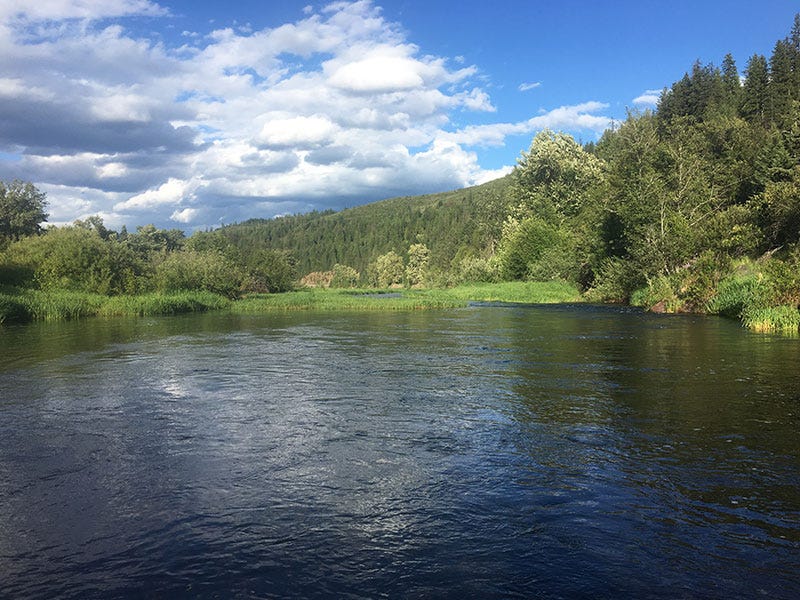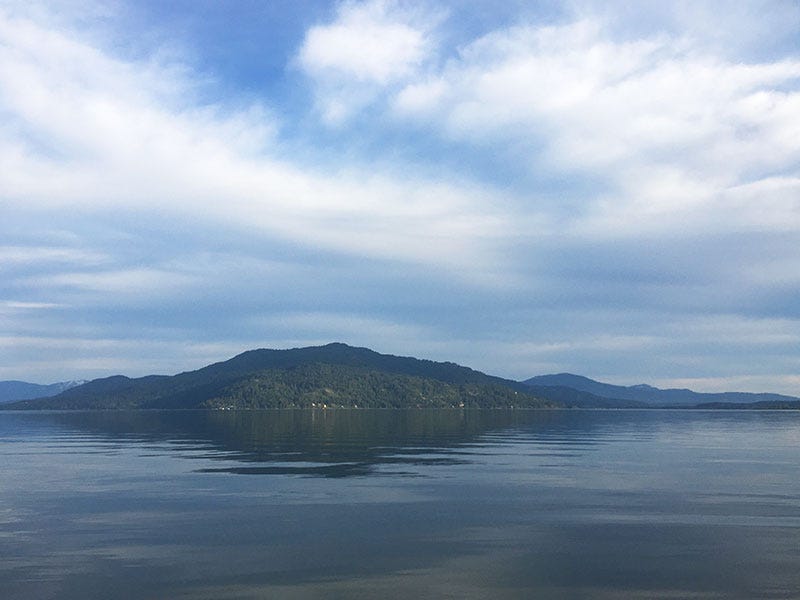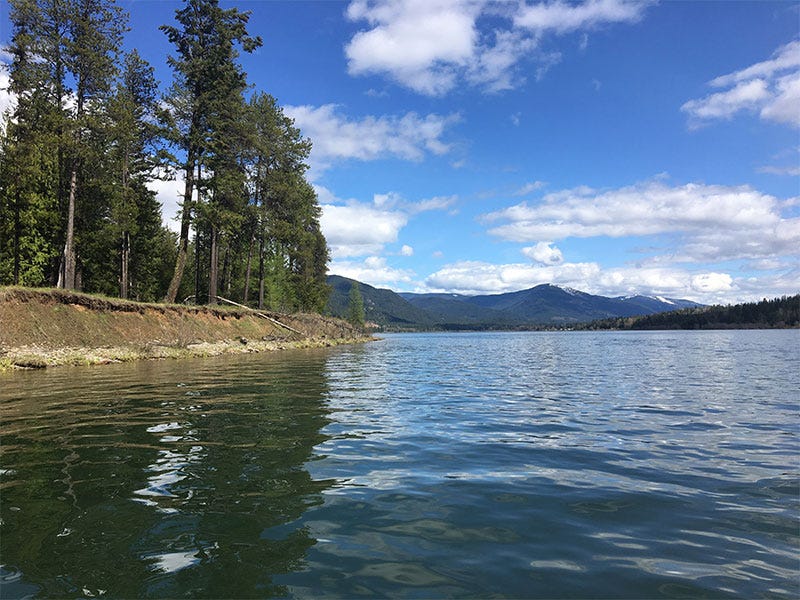Fly-Fishing 101: 10 Tips on How to Approach a New Fishery


Fishing new water can be a daunting yet rewarding task. Most will agree that catching a 14-inch cutthroat on a new river is more gratifying than catching one from your local watering hole. Fly fishing seems to lose its freshness if you fish the same caddis hatch on the same stretch of river day after day. When you start to name the fish you catch and remember where they feed every evening, it’s time to explore a different river or lake. What’s even worse is if the fish start to recognize you! If you start to see that “Good evening, Tom” look from the brown trout’s eyes after you put it into the net, it’s time to move to the other side of the country and start over. Once you arrive in Maryland..., you will want to follow these 10 tips to figure out how and where to fish.
1. Visit your Local Flyshop
Fly shop employees have a wealth of local information they are willing to give friendly fly fishermen when asked upon. The key word in that previous sentence is “friendly.” Don’t expect to get good intel by being insulting and aggressive. Usually, current fishing reports are posted in the fly shop and on the fly shop’s website. For quick updates on how the local fisheries are fishing, check them out. (Side tip: It is always wise and appreciated to pick up at least a couple flies as payment for the information.) I, personally, never pump a fly shop for information and then leave without buying at least a few flies. It might just get you more information.
We've got the flies! Shop our large selection of flies today.
2. Contact Fish and Game
Calling your local Fish and Game office is always a good idea too. Fish and Game officers not only have a passion for the outdoors, but they study it as well. They are well-versed in everything from river oxygen levels, to access points, to fishing regulations. Often, a simple call to the Fish and Game office will leave you with free information you never knew you needed.
3. Maps
I highly recommend buying a national forest map from your local ranger station. A ranger map will show you in-depth what is private and public, as well as name every creek and river. A second source of information is the good ol’ internet box. Google Maps and Bing Maps are incredible tools that give you a bird’s eye view of the world. Zoom in onto your targeted river/lake, and start learning where the big bends, large boulders, channels, and deep holes are.

4. Read Past Fishing Reports
Most fly shops keep an archive of past fishing reports on their website that are only a click away. Read up on what happened a year ago as a great forecast of what is to come.
Heading out? Check out all of our local fishing reports here.
5. Recon
Grab a cup of coffee, your faithful fishing dog and go for a drive in a van down by the river. I have found that the river looks very different in person than it does on Google or Bing Maps. That’s why it is always a good idea to check out the river/lake before getting your boots wet. Obviously, this tip isn’t crucial to your success. If you are finding it tough to research your river/lake due to your work schedule, a simple pre/post work drive will suffice.
6. Study the Local Fish Food
You’ll want to study the hatches, flip over rocks, research what baitfish are around. Not only do you want to know what the fish are eating, but in what size. Is it a trophy brown trout fishery where six-inch juvenile trout is the preferred diet, a cutthroat fishery that key in on 2-3 inch sculpin, or maybe you’re fishing for freshwater Stripers that eat 12-inch American Shad? Know your food and the food size, then buy or tie your flies accordingly.
7. Watch other Fishermen
As simple as it sounds, watching another fisherman is a great way to figure out where the fish are holding. Usually, there is a good reason why there is a cluster of boats in a 100-foot stretch. I would suggest watching the fishermen who are catching fish rather than the ones who are not.
8. Fish with a Friend
Fishing with an experienced angler or a friend can greatly shorten the amount of time it takes to figure out a fishery. Everyone likes to fly fish a little differently. By fishing with a friend, you are fishing different flies and techniques on the same stretch of river. As you try different combinations of ways to catch fish, you are increasing your chance of learning what the fish want to eat. If you have the money to book a guided trip, I would greatly recommend doing so. Guides will show you when, where and how to catch fish.
Did you know we offer guided fly fishing trips? Learn more here and book today!
9. Don’t Expect to Catch Fish
The first outing you take on new water may not be a very successful one in terms of fish landed. However, you are guaranteed to at least learn what doesn’t work. As funny as that sounds, knowing what doesn’t work is equally as important as knowing what does work.
10. Keep a Log/Journal
A fish journal is an extremely useful tool to log successful tactics and look back on fond memories. You may think you’ll remember the flies you used a year ago, but believe me, you won’t. And if you are like me, you can look back and laugh at the stupid places and flies you tried to catch fish.

